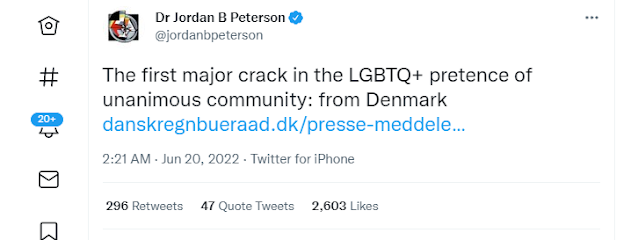 |
| Mick Lynch, right, faced bizarre questions in TV interviews |
That stirring statement comes in an article taking a quick look at the power play at work in society, especially between ordinary working people and their representative organisations such as unions, and those big business and its followers like the media and financial industry.
The article was by Australian journalist Gareth Hutchens who noted the treatment meted out by the media to the leader of British rail workers who went on strike for three days late last month.
Two of the TV interviews the union leader Mick Lynch had to endure can be found here, and here.
Hutchens concludes from what transpired that the interviewers did not want to get to the central issues affecting the working people whereas Lynch wanted to explain why his workers needed to strike to force their employer to improve their pay and conditions, and that workers had to assert whatever power they could muster by a show of solidarity in withdrawing their labour in the face of their employer's refusal to enter into negotiations based on good faith.
Hutchens finds Lynch's experience has wider implications:
What's this got to do with Australia?
Here's the point.
When Mr Lynch did so many interviews in quick succession last week it reminded us, in real time, how certain voices are usually suppressed in the daily conversation, and what tactics are employed against them when they do find themselves on air.
If Mr Lynch had given three interviews over six months we may not have noticed them, or noticed how he was being treated by his interviewees.
But since he gave so many interviews within 48 hours, it compressed time.
Suddenly, here was someone who spoke clearly, in simple language, who was fighting for pay rises for working people, and who made a laughing stock of the media elites trying to put him in his place.
And it exposed how parts of the media work.
We saw how successive interviewees goaded him, ridiculed him, and condescended to him, with one asking Lynch to confirm that he wasn't a Marxist.
And what was Mr Lynch's crime? Ostensibly, his planned train strikes were going to be disruptive.
But there was clearly another dynamic at play.
Mr Lynch was comfortable talking about power, about who wields power in the labour market and who doesn't, and apparently, some people find that unnerving.
Power isn't something you're supposed to talk about in polite society.
A further application to the Australian scene can be made, Hutchens writes, by considering the attitudes expressed by economists discussing the rise in the national minimum hourly pay. He says:
Some of them dismiss questions about whether or not a higher minimum wage increase would be just, or equitable, or necessary, for being "normative" and therefore beyond the expertise of economists.
The experience of Australia in arriving at a point where the setting of a minimum hourly pay rate became law says a lot about how power is wielded in society. Hutchens states that the matter is "wrapped in questions about what constitutes a 'living wage', and that relies on value judgements".They say they prefer to stick to the question of how a specific increase in the minimum wage will impact inflation, employment and growth.
But that's a cop-out, isn't it?
Economists deal in value judgements all the time, whether consciously or not.
Think of how prices are set.
Prices are rarely set by a pure interaction between the demand for a good and its supply.
The "price" of many things, especially when talking about the price of labour (i.e. hourly wages), also reflects how much power is held by different groups in a market.
Some politicians and business groups hate the idea of a minimum wage. Others like it. But after a protracted political struggle over decades, our institutions enforce and maintain one.Or consider the question of the necessity or otherwise of jacking up interest rates to pull inflation down.
The principle of what is just, or equitable, or necessary must be given more attention in considering the welfare of working people, meaning attention to where power lies in society's relationship, and how that power is exercised.If it's agreed that large increases in interest rates could cause damaging job losses, but it's decided that it would still be warranted to lift rates to get inflation back down, isn't there a value judgement being made?
And who's making those judgements? Economists.
Even in annual wage negotiations, value judgements are asserted all the time.
Over the last decade in Australia, when inflation was low, plenty of workers were told during wage negotiations that there was no point increasing their nominal wages by much because it wasn't necessary — inflation was so low.
And now, with inflation rising, workers are being told that this also isn't the time to increase nominal wages by much — because it will make inflation worse.
You can't win.
One of the interesting things about listening to Mr Lynch's contribution to the public debate in the UK is how familiar some of his observations sound about the state of modern labour markets, including where power lies, and who makes the decisions.











